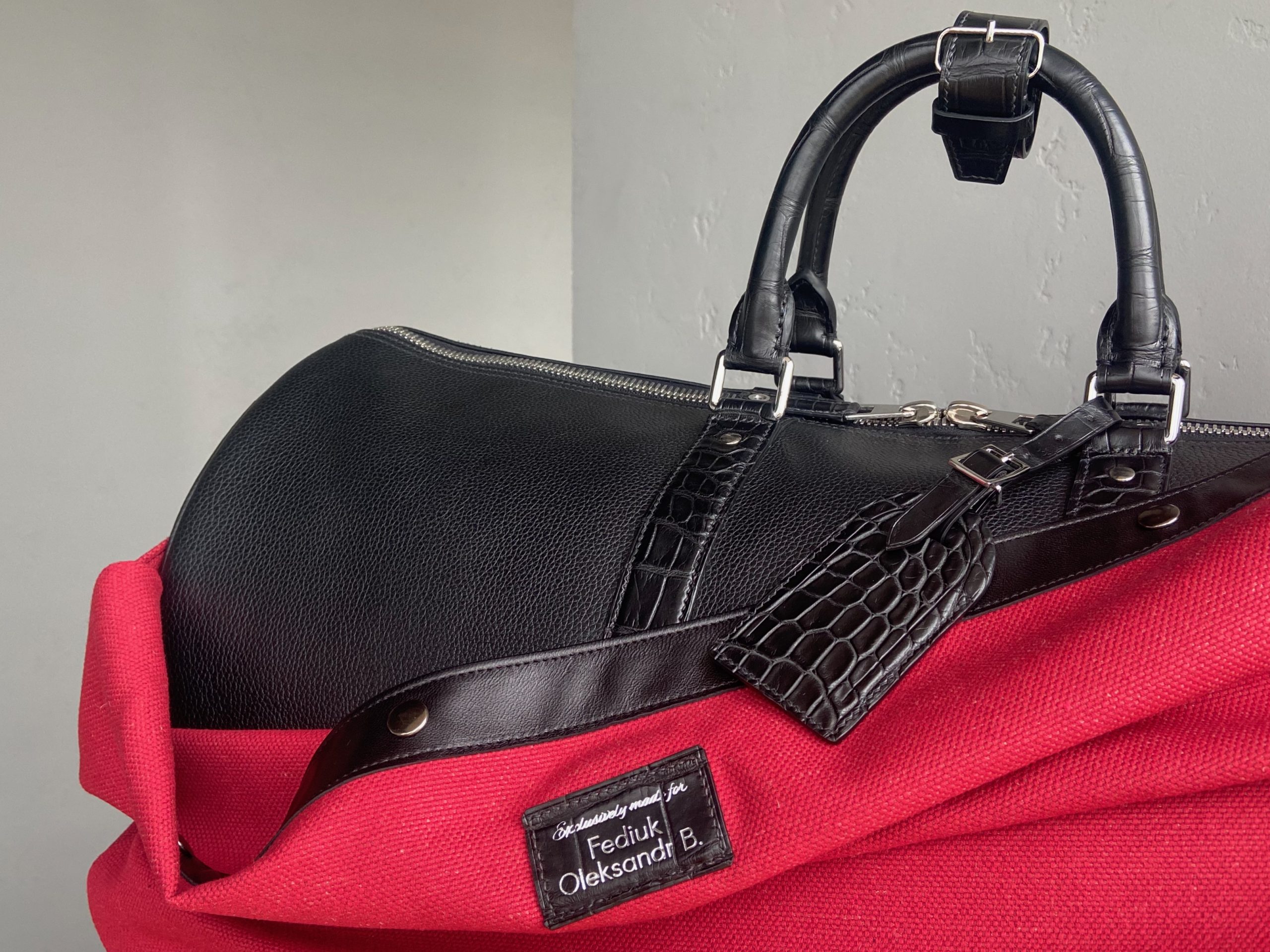My interest in the ergonomic leather watch strap began with personal experience — as an active wearer of watches in different styles and a collector who paid attention not just to the movement or design, but to how a watch actually feels on the wrist.
Over the years, I bought and used straps from a wide range of manufacturers, mostly leather ones. Among them were models from globally recognized names such as Hirsch (Austria) and Rios1931 (Reiner Oswald, Germany). These companies are well-known for their quality, and I had no reason to doubt their reputation — yet I kept noticing the same issue, regardless of price or material.
All of these straps had one common characteristic: they were completely flat. In shape, they resembled stiff, straight bands — like a ruler. When first worn, they didn’t follow the natural curve of the wrist, but instead pushed back, trying to return to their flat state. For the wearer, this meant discomfort during the first days or even weeks — until the strap slowly adjusted to the hand.
During that early period of “breaking in,” some straps would stretch or even crack along the outer surface, while the lining on the inside would often bunch up into folds or wrinkles. At some point I realized: the problem was not in the materials or quality of stitching — it was in the geometry itself. A strap should follow the anatomy of the wrist from the very beginning.
In 2014, I purchased my first tools and a small piece of leather. At that time, I wasn’t planning to become a craftsman — I simply wanted to solve a problem I had as a watch owner. I made many unsuccessful attempts, but eventually managed to create a strap that felt truly comfortable to wear.
That result marked a turning point. From that moment on, I kept refining the process, step by step, trying to make sure that the strap would not need to “break in” at all — but instead feel natural on the wrist right from the start.
Through trials and observations, I became convinced that the key to comfort lies in the shaping. I began using simple tools, including a handmade cylindrical mold, to create a soft curve in the strap. Even this basic shape made a noticeable difference in how the strap behaved on the wrist.
Later, I had a mold made according to my own drawings — a shaping form that allowed me to give each strap a natural S-shaped curve. This mold became the foundation of my approach and helped establish the standard I’ve followed ever since.
How Mass-Produced Watch Straps Are Made
To clearly show how mass production works, I’d like to share a video by Hirsch — a well-established European manufacturer. It offers a good visual explanation of how leather straps are made in an industrial setting.
As shown in the video, the straps are assembled entirely flat. This is completely logical from a production standpoint: it ensures speed, consistency, and repeatability across hundreds or thousands of units. But this is precisely where the difference lies — mass production is not designed to accommodate anatomical shaping.
In a handcrafted process, the strap receives its curved, ergonomic shape early on — during cutting, layering, stitching, and even edge finishing. Every step is performed with the future curvature in mind. Such work requires more time and precision, which is difficult (and often impractical) to replicate in an industrial workflow.
Why It Matters: Comfort, Longevity, and Fit
An ergonomic watch strap with anatomical shaping is not just about how it looks — it’s about how it feels, and how it behaves over time. When the strap follows the wrist’s natural contour from the start, it changes everything.
Unlike flat straps that resist the wrist at first and need time to adapt, an ergonomic leather watch strap fits right away. It wraps the wrist gently, without gaps, pressure points, or that familiar stiffness many watch owners simply tolerate in the first days of wear.
This difference becomes especially noticeable when the strap is worn all day — at work, while traveling, or in warm weather. The better the fit, the less you think about it. The watch simply becomes a part of you.
From a construction perspective, this shape also improves the strap’s lifespan. Because the curve is built in, the leather doesn’t undergo the same stress as flat straps do. The top layer isn’t overstretched, the lining doesn’t wrinkle or fold, and the edges stay smooth longer. This is particularly important when working with fine or exotic leathers, where visual aging can be especially undesirable.
And beyond comfort and wear, there’s the matter of structure. A well-shaped strap holds its form even after years of use. It doesn’t look broken at the lugs or fatigued at the bend. It simply ages with dignity.
Final Thoughts on the Ergonomic Leather Watch Strap
An ergonomic strap with anatomical shaping is not just a technical solution — it’s a way to rethink the relationship between a watch and its wearer. For me, this approach became a natural part of my work. For many of my clients, switching to an ergonomic leather watch strap changed how they feel about watch straps altogether — not just in terms of comfort, but also in how they see its role as part of the overall experience.
If you’d like to see how such straps look in practice, you’re welcome to explore the Bespoke Objects section of my studio website. It includes examples of custom projects and individual requests — each shaped with comfort and fit in mind.
I also discuss how construction, materials, and wearing habits influence strap durability in a separate article. You can read it here: → The durability of natural leather watch straps: what determines their lifespan
“A well-shaped strap shouldn’t need to be broken in. It should feel like it belongs — right from the start.”




